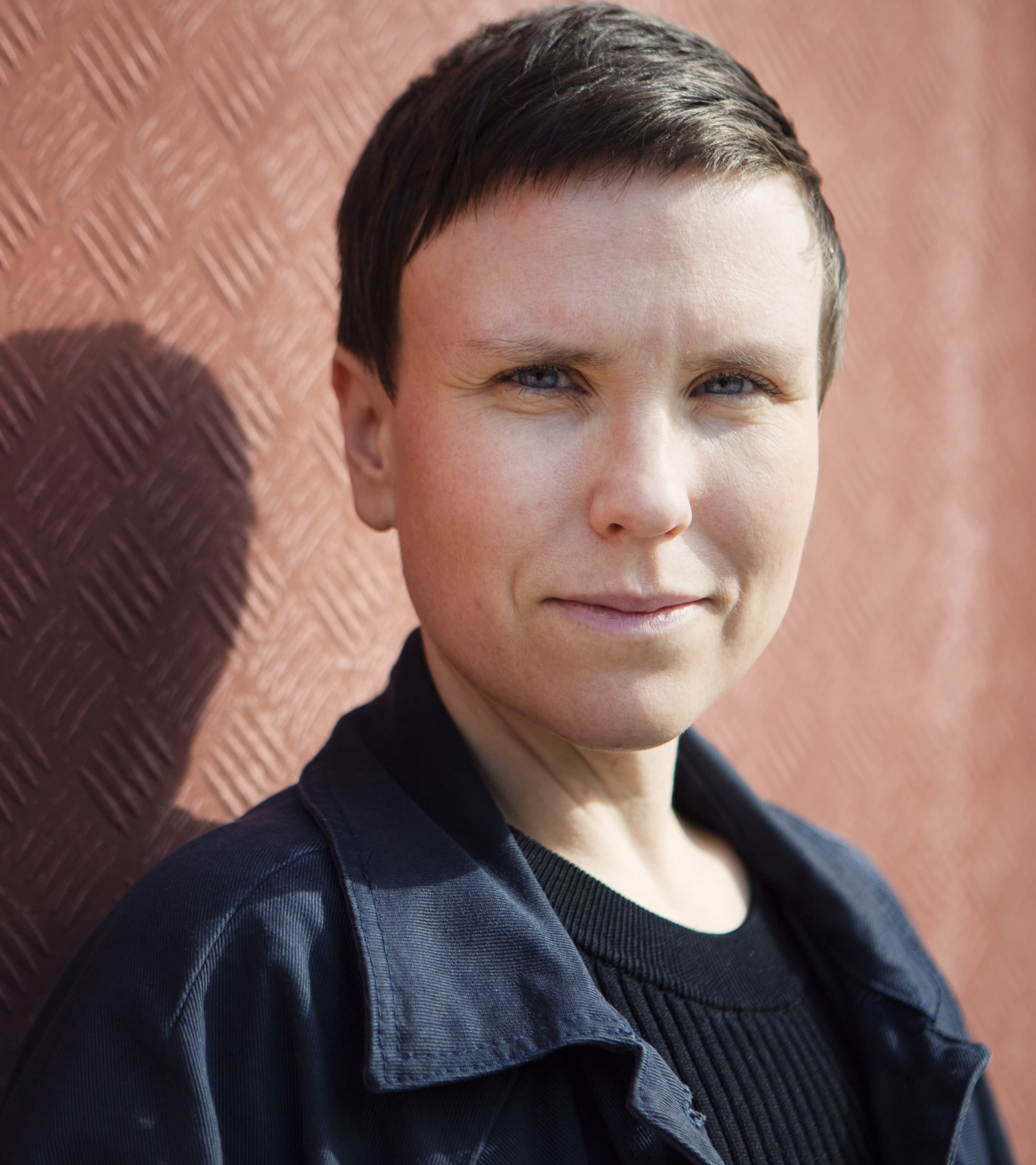Palaeoanthropologists have discovered a two-million-year-old adult hominin skull – the earliest known and best preserved Paranthropus robustus specimen ever found.
Researchers from La Trobe University’s Archaeology Department in Melbourne, Australia led the excavation, reconstruction and analysis of the rare, male fossil from the Drimolen Main Quarry north of Johannesburg, South Africa.
Discovered in 2018 on South African Father’s Day (June 20), the DNH 155 fossil is also known as the Father’s Day fossil.
Paranthropus robustus was a large-toothed, small-brained hominin that co-existed with our early direct human ancestors as a ‘cousin species’. The researchers argue that the DNH 155 specimen they found provides the first high resolution evidence for microevolution within an early hominin species.
Co-lead author and La Trobe PhD candidate Jesse Martin said the findings, published today in Nature Ecology & Evolution, could lead to a revised system for classifying and understanding the palaeobiology of human ancestors.
“Demonstrating that Paranthropus robustus is not especially sexually dimorphic removes much of the impetus for supposing that they lived in social structures similar to gorillas, with large dominant males living in a group of smaller females,” Mr Martin said.
“The DNH 155 male fossil from Drimolen is most similar to female specimens from the same site, whereas Paranthropus robustus specimens from other sites are appreciably different.”
Mr Martin said the discovery is a rare example of microevolution within a human lineage, showing that Paranthropus robustus evolved their iconic chewing adaptations incrementally, possibly over hundreds of thousands of years, in response to environmental change.
“The Drimolen fossils represent the earliest known, very first step in the long evolutionary story of Paranthropus robustus,” Mr Martin said.
Director of the Australian Research Council-funded Drimolen project, La Trobe’s Professor Andy Herries said, “The DNH 155 cranium shows the beginning of a very successful lineage that existed in South Africa for a million years. Like all other creatures on earth, to remain successful our ancestors adapted and evolved in accordance with the landscape and environment around them. For the first time in South Africa, we have the dating resolution and morphological evidence that allows us to see such changes in an ancient hominin lineage through a short window of time.”
“We believe these changes took place during a time when South Africa was drying out, leading to the extinction of a number of contemporaneous mammal species. It is likely that climate change produced environmental stressors that drove evolution within Paranthropus robustus.”
Co-lead author on the paper, La Trobe’s Dr Angeline Leece, said it was important to know that Paranthropus robustus appeared at roughly the same time as our direct ancestor Homo erectus, the child fossil the team discovered at the same Drimolen site in 2015.
“These two vastly different species, Homo erectus with their relatively large brains and small teeth, and Paranthropus robustus with their relatively large teeth and small brains, represent divergent evolutionary experiments,” Dr Leece said.
“Through time, Paranthropus robustus likely evolved to generate and withstand higher forces produced during biting and chewing food that was hard or mechanically challenging to process with their jaws and teeth – such as tubers. Future research will clarify whether environmental changes placed populations under dietary stress and how that impacted human evolution.”
“While we were the lineage that won out in the end, two-million-years-ago the fossil record suggests that Paranthropus robustus was much more common than Homo erectus on the landscape.”
Stephanie Baker, co-director of the Drimolen project, said “This remarkable study on ancient populations highlights the fine scale approach of the Drimolen team to understanding incremental changes in now extinct ancestors. We can now begin to tease apart which morphological and associated behavioural adaptations came first in Paranthropus robustus as the landscape became increasingly more arid. This is a key step to understanding how different species of humans competed for resources at this critical time in our evolution.”
Professor David Strait of Washington University in St. Louis, a co-director of the field school that brings students from South Africa and from around the world to work at Drimolen, said the discovery has broad implications for interpreting diversity in the human fossil record.
“We think that palaeoanthropology needs to be a bit more critical about interpreting variation in anatomy as evidence of the presence of multiple species. Depending on the ages of fossil samples, differences in bony anatomy might represent changes within lineages rather than evidence of multiple species.”






